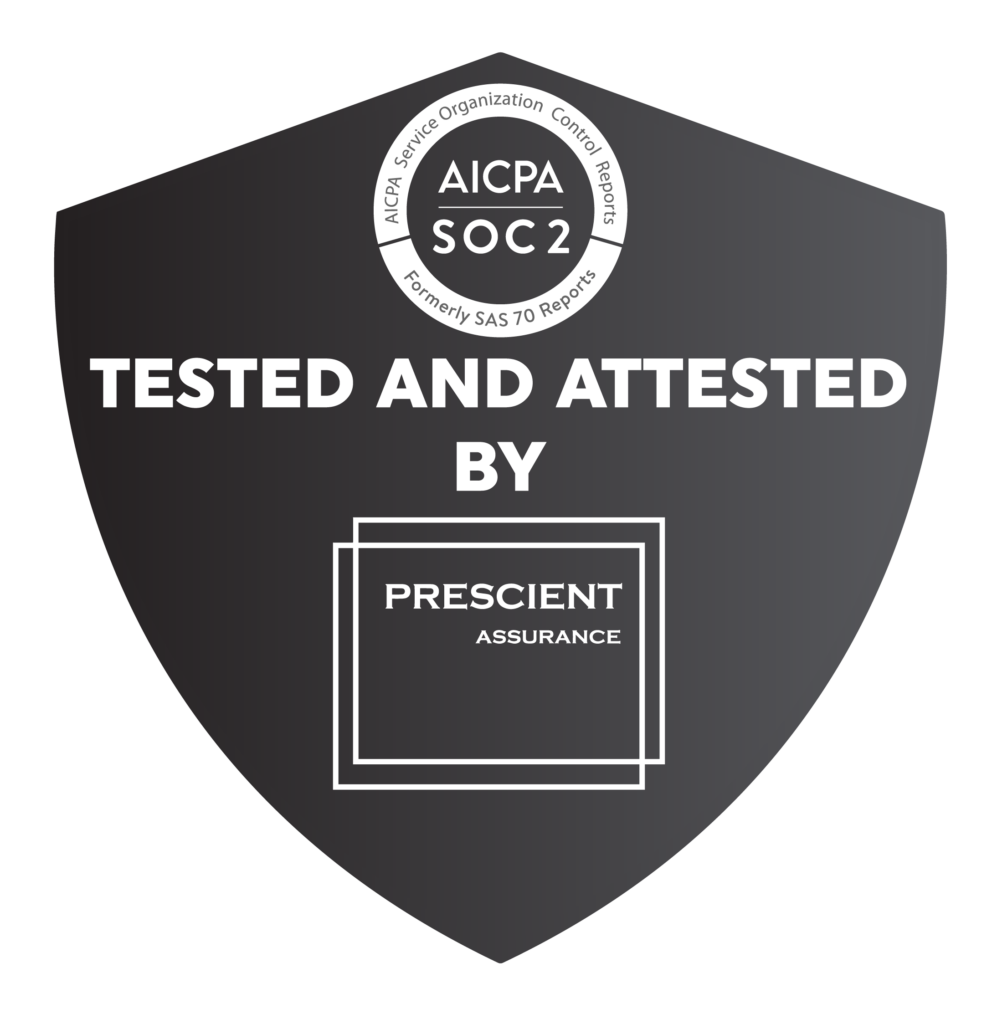This article was originally posted on Property-CasualtyDigital.com and it written by Seth Preus. Read original article.
Gamification pushes insurance agents to be more engaged, motivated and productive.
Each year, insurance agency managers spend countless hours designing compensation plans that are intended to motivate their teams to do more. The problem is, the vast majority of these plans are focused on one method of motivation: money.
Employees are reduced to one-dimensional money-grubbing automatons who require every work-related decision to be based upon the potential for more coin. But money represents only one of many rewards that motivate professionals to achieve.
Financial rewards are extrinsic, which means they act as an external influence on an individual’s behavior. Simpy put, if you remove the reward, you remove the motivation. On the other hand, intrinsic rewards are more enduring because they are based on internal influence and values.
Competence, competitiveness, status and a sense of contribution are all examples of intrinsic rewards. Although financial rewards can certainly improve motivation, they should simply be one piece of a larger motivational framework. The goal is not only to improve productivity, but also to create a happier team.
The proper motivation can create a team that is more engaged and motivated, works better together, and has less turnover. Many of these motivational methods can be employed through the “gamification” of work.
What does it mean?
Gamification describes the use of game-like elements in a non-game setting to drive participant engagement. In a business setting, gamification explores point scales for sales and activities, or badges for accomplishments, competitions, leaderboards and teams.
Gamification is more than simply adding a competitive element to work; it’s about using an entertaining format to align employee focus with company goals, recognize and celebrate achievement, and capitalize on your team’s intrinsic reward center to drive superior results through genuine employee engagement.
Why does gamification work?
The hard truth is that part of being an insurance agent involves completing boring, repetitive tasks. Unfortunately, success if often built upon a foundation of boring, repetitive or generally unpleasant tasks.
Now, imagine these are elevated to a publis, team-based competition, complete with live updates, competitor standings, multiple prize options, and the attention of both peers and managers.
Tapping into competitive spirit
It’s no secret that “sales” is a competitive field in which competitive people excel. However, in my experience, people in any business want to know they are doing well, even if they are simply comparing themselves to previous performances. Whether it’s a head-to-head duel, an office vs. office showdown, or an effort to achieve a personal best, diligent professionals desire to distinguish themselves and improve their own performance.
A solid gamification program can enable both individuals and group to compete against one another, or against themselves, to harness their competitive energies in a positive manner that benefits the entire organization.
Teams vs. individual accountability
By creating team competitions, you add an additional layer of accountability and touch on the desire of most people not only wanting to belong, but also to have status within a group of peers.
Team competitions also foster communication within the group as members encourage and congratulate each other. More communication results in more teamwork and performance.
Collaborative Focus
When managers focus on a business plan, their teams will focus on that same plan.
Gamification enables you to focus your team on the exact metrics that will drive you business forward. Whether it’s quotes or customer satisfaction surveys, your team will have laser beam-like focus on the metrics used in your gamification strategy.
Regular updates, public leaderboards, milestone achievement recognition, and countdowns will continue to draw your team’s attention to the relevant metrics, therby making it much more likely they will produce the relevant metrics.
In every business there are important metrics that need constant focus. Gamification is an excellent way of getting your team to naturally and enthusiastically do the checking for you.
The role of recognition
According to Gallup, the number one reason employees leave their current place of employment is due to lack of recognition. I know many of you are already groaning and saying that’s just those, “whiny, entitled, thin-skinned, attention-seeking millennials.” I don’t personally subscribe to the idea that milennials are much different than earlier generations, but I do believe the following:
- Millennials are used to getting lots of recognition
- Millennials like recognition
- So does everybody else
- Recognition is a good thing (when it’s deserved)
Gamification is an outstanding way of publicly celebrating achievement and giving agents the kind of recognition that is so crucial to job satisfaction. Beyond simply displaying leaderboards, which only showcase the top performers, a good gamification strategy should recognize individual milestones that demonstrate achievement or improvement. Success, however small, should be celebrated.
I want to be clear: Recognition should be deserved.
Assume that you have an agent who is not meeting your expectations. It wouldn’t be effective or credible to trumpet their less-than-stellar performance.
But let’s say that this same performer just set a personal record for quotes in a day. Even if they are not meeting your sales expectations, even if their personal record is less than what you expect, there is still a legitimate reason to celebrate this small success.
Why? Momentum!
Whether it’s losing weight or running a political campaign, the success of any project is greatly impacted by momentum. A personal best is worth acknowledging because it gives a small taste of success that will stoke a desire for more.





